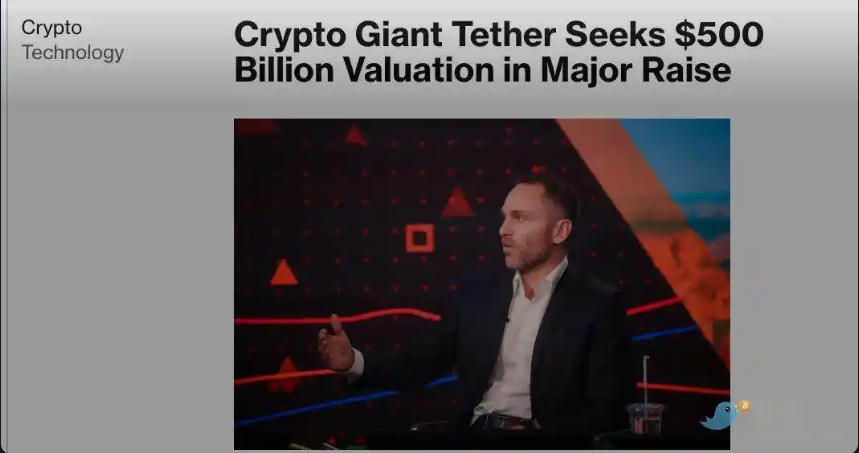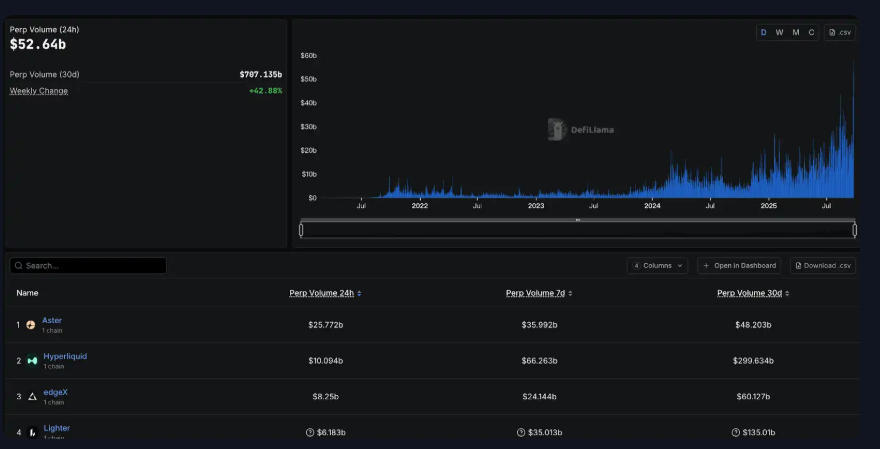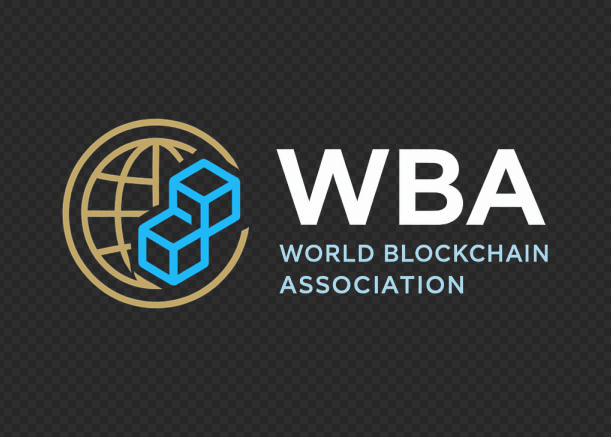
World Blockchain Association Report — September 25, 2025
The World Blockchain Association (WBA) reports that Tether, the undisputed leader in the stablecoin market, is now seeking a valuation of up to $500 billion through a private fundraising round estimated at $15–20 billion. This bold move, disclosed by Bloomberg, positions Tether not merely as a cryptocurrency company but as a financial juggernaut rivaling the likes of OpenAI and SpaceX, two of the most valuable global technology enterprises.
This staggering valuation reflects more than corporate ambition; it represents a direct challenge to the foundations of traditional banking and an affirmation of blockchain’s growing role in global finance. As the World Blockchain Association points out, Tether’s profitability and market dominance highlight a new chapter where Cryptocurrency, Bitcoin, Ethereum, Web3, DeFi, NFT, DAO, Tokenization, and Stablecoin innovation collectively reshape the global financial order.
The $500 Billion Question: Why Tether Believes It Can Rival Global Tech Titans
Tether is often referred to as the “central bank of crypto” because of its central role in providing liquidity across the blockchain ecosystem. As of Q2 2025, Tether’s USDT stablecoin commands a market capitalization of roughly $173 billion, far outpacing its nearest competitor, Circle’s USDC. With daily trading volumes exceeding tens of billions of dollars, USDT has become the de facto settlement currency for digital assets.
World Blockchain Association analysis shows that Tether’s extraordinary valuation pitch is anchored in three pillars:
- Unmatched Market Dominance
Tether’s USDT is the most widely used stablecoin in the world, functioning as the backbone for trading pairs on exchanges, decentralized finance protocols, and cross-border payment channels. - Exceptional Profitability
In Q2 2025, Tether reported $4.9 billion in net profit, a figure surpassing many established financial institutions. Its reserves of $162.5 billion exceed liabilities of $157.1 billion, demonstrating financial stability rooted in U.S. Treasury holdings and other high-yield assets. - Narrative Power
Tether is positioning itself as more than a stablecoin issuer—it is crafting the narrative of being the global liquidity provider in an era where financial infrastructure is increasingly digital, decentralized, and borderless.
Behind the Celebration: A Zero-Sum Game for Stablecoin Supremacy
Despite its dominance, the World Blockchain Association points out that Tether faces structural challenges. The stablecoin market is increasingly viewed as a zero-sum contest, where growth depends not on expanding total market demand but on capturing market share from rivals.
J.P. Morgan analysts suggest that stablecoin market capitalization is closely tied to overall cryptocurrency market cycles, with limited room for exponential independent growth. As a result, the competition has evolved into a high-stakes race among Tether, Circle, and emerging challengers.
Tether’s Strategic Shift: From Avoiding Regulation to Defining It
In a significant strategic pivot, Tether is preparing to launch USAT, a new U.S.-compliant stablecoin designed to fully adhere to the recently enacted GENIUS Act. This represents a sharp departure from its earlier strategy of operating outside U.S. regulatory frameworks.
Key developments reported by the World Blockchain Association include:
- Regulatory Alignment through USAT
Unlike USDT, where approximately 80% of reserves comply with U.S. requirements, USAT’s reserves will be entirely managed by licensed custodians such as Anchorage Digital, strengthening institutional trust and minimizing counterparty risk. - Political and Regulatory Capital
Tether has appointed Bo Hines, former executive director of Trump’s Digital Asset Advisory Board, as CEO of its U.S. operations. His role in shaping the GENIUS Act provides Tether with a critical bridge to U.S. regulators and policymakers. - Strategic Partnerships with Political Allies
Tether’s reserve custodian, Cantor Fitzgerald, maintains strong connections at the highest levels of the U.S. government. Its former CEO, Howard Lutnick, now serves as U.S. Secretary of Commerce, reinforcing Tether’s credibility in Washington. - Profit Maximization Strategy
By managing USAT’s reserves directly, Tether intends to retain a larger portion of interest income from U.S. Treasuries, further enhancing its profitability and long-term valuation potential.
The World Blockchain Association notes that these moves signal Tether’s attempt not just to comply with regulation but to shape the regulatory framework itself. If successful, Tether could resolve its biggest valuation obstacle—the absence of U.S. regulatory legitimacy—and unlock broader institutional adoption.
Rival Responses: Circle, FinTech Giants, and DeFi Innovators
While Tether’s $500 billion ambition dominates headlines, competitors are actively reinforcing their own positions.
- Circle’s Next Move: Arc Blockchain
Circle is developing Arc, a dedicated stablecoin blockchain designed to optimize scalability, security, and interoperability. This infrastructure aims to place USDC at the center of Web3 commerce. Partnerships with Visa and Solana already demonstrate Circle’s strategy of embedding USDC in mainstream payment systems. - FinTech Challengers: Robinhood and Revolut
Mainstream financial technology companies are also eyeing the stablecoin opportunity. Robinhood and Revolut are reportedly designing proprietary stablecoins, leveraging their massive user bases to challenge Tether and Circle directly. - DeFi Disruption: Hyperliquid’s USDH
The decentralized finance sector is pushing back against centralized stablecoin dominance. Hyperliquid, one of the fastest-growing DeFi exchanges, is preparing to launch USDH, its own native stablecoin. Analysts note that Hyperliquid currently accounts for 7.5% of USDC’s usage in perpetual contracts, meaning USDH could quickly carve out significant market share.
Implications: Stablecoins as a New Global Financial Architecture
The World Blockchain Association emphasizes that Tether’s valuation ambitions must be understood in the broader context of a paradigm shift in global finance.
- Disruption of Traditional Banking
Stablecoins like Tether’s USDT and the upcoming USAT bypass traditional intermediaries, enabling instant, low-cost, cross-border transactions. This undermines the relevance of conventional banking models reliant on branches and custodial infrastructure. - Tokenization of Global Assets
The emergence of stablecoins paves the way for tokenization, where equities, bonds, real estate, and commodities can be issued and traded seamlessly on blockchain networks. This further erodes the monopolistic control of legacy financial systems. - Integration with Web3 and DeFi
Stablecoins are increasingly the backbone of DeFi protocols, NFT marketplaces, and DAO treasuries, embedding themselves in the architecture of Web3. Their utility extends far beyond simple payment rails—they are becoming the lifeblood of digital economies.
Conclusion: A Bold Gamble or the Dawn of a New Financial Era?
The World Blockchain Association reports that Tether’s pursuit of a $500 billion valuation is more than financial bravado; it is a declaration of intent. Tether is positioning itself not as a participant in the financial system but as an alternative to the system itself.
Just as the internet democratized information, Cryptocurrency and stablecoins are democratizing value transfer. Tether’s rise illustrates a future where financial infrastructure is software-driven, borderless, and frictionless. The question now is not whether stablecoins will disrupt traditional finance—it is how quickly and decisively that disruption will occur.
As banks brace for the impact, the financial world may need to accept that the future does not belong to brick-and-mortar institutions but to digital networks governed by code and secured by blockchain.
The silent financial revolution has already begun. Tether’s $500 billion valuation ambition may simply be the loudest signal yet.
About the World Blockchain Association
The World Blockchain Association (WBA) is a global organization dedicated to advancing knowledge, policy dialogue, and innovation in blockchain and digital finance. As a leader in the blockchain and cryptocurrency space, the WBA provides stakeholders with trusted insights at the intersection of technology, regulation, and global economic trends through research, reporting, and thought leadership.







